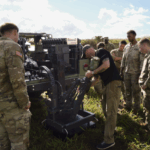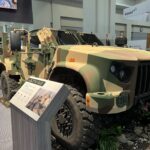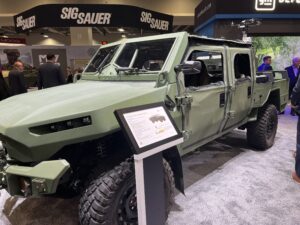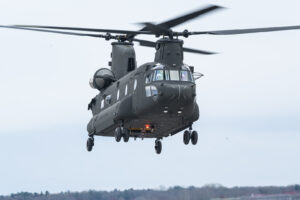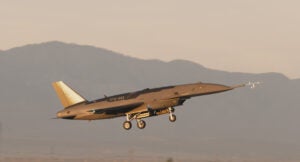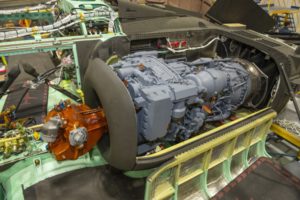
NASHVILLE, Tenn. — Senior Army aviation officials confirmed delivery of the service’s new General Electric Aviation [GE]-built helicopter engine is set for this fall, adding they’re “committed” to the system following several delays. Gen. Rob Barrie, the Army’s program executive officer for aviation, told reporters last Thursday the service will look to get the GE T901 engine, developed under Improved Turbine Engine Program (ITEP), onto Black Hawks and then Apaches within the next few years after the initial effort to…

 By
By 